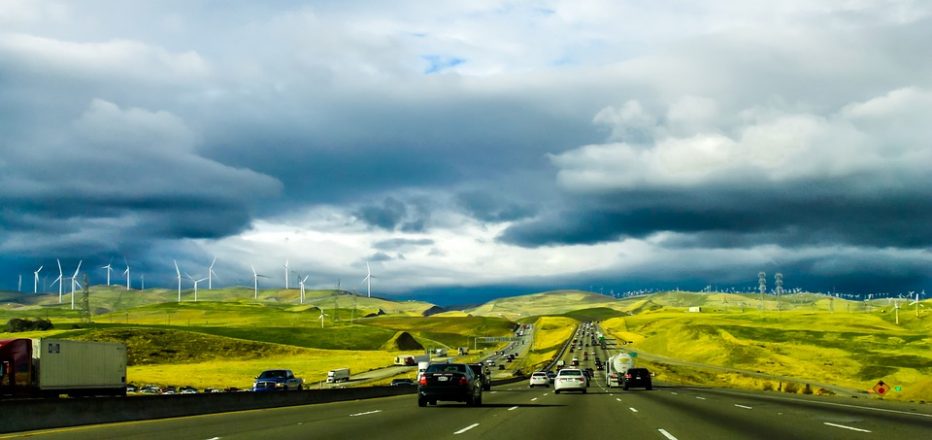
Range is an obsession in the EV world and manufacturers are constantly trying to do outdo each other. It’s one of the biggest selling points in any electric vehicle, but do you know that there’s a simple way you can make just about any EV go further? You need to make sure your car is in perfect condition and change the way you drive.
Also read: Our electric motorcycle buyer’s guide – Everything you need to know before you make a buy
Hypermiling was a thing long before EVs hit the mainstream and whole communities sprang up to discuss how to get the last mile out of a liter of a fuel. Some of it was pretty logical, some of it got pretty dangerous and went way too far.
But you can use some of the techniques to make your EV go further between charges, together with new, EV specific driving styles that will help your car, bike or three-wheeler go that little bit further. Commit them to memory and they might even get you home when you get things badly wrong and can’t charge up.
Table of Contents
1. Remove the roofrack
Wind resistance is a big deal with an EV. That’s why so many of them follow the same design philosophy with the Kahm teardrop and chopped rear. But a recent study by the Lawrence Berkeley National Laboratory showed that a roof rack can affect the fuel efficiency of an ICE car by as much as 25%.
The study showed that roof racks were actually responsible for 0.8% of light-vehicle fuel consumption back in 2015.
That’s huge, and it could be an even bigger number with a streamlined EV. So if you’re driving round with a roof rack on your EV, you’re basically giving away range. That accounted for 100 million gallons of fuel, but it could just as easily suck up your available battery power.
Even the little stick-on flags that some people choose to fly during major sporting events can reduce fuel efficiency by as much as 10%. They’re wind brakes by another name, so just be aware that anything you stick on the outside of your car is probably going to come with a bill.
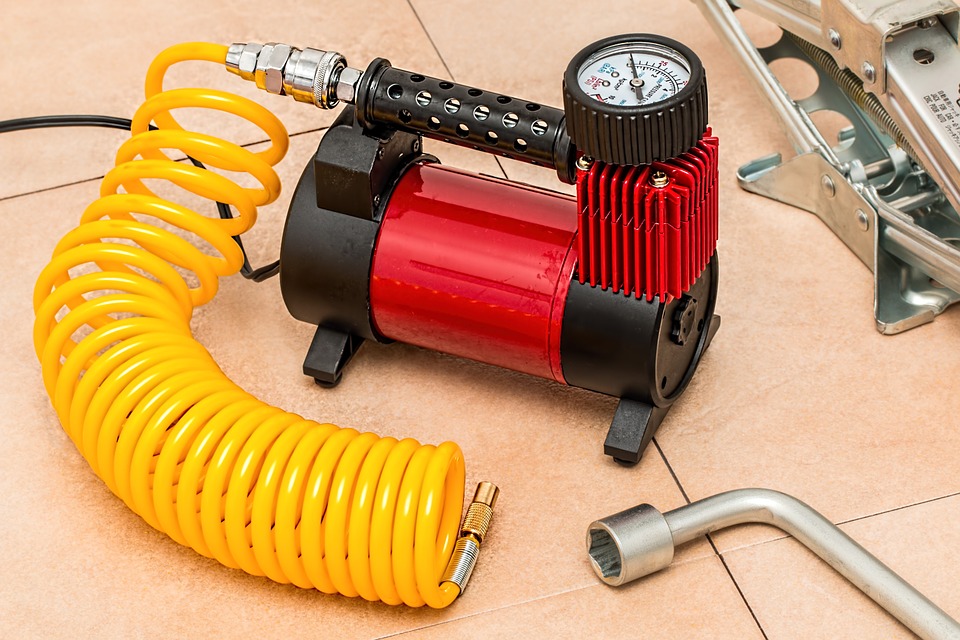
2. Check your tire pressures
In the modern age of low-pressure warning systems, checking tire pressures is something that has fallen by the wayside. It really shouldn’t. The sensors will tell you when there’s a real problem, but they won’t tell you when your pressures are slightly low.
The general consensus is that under-inflated tires cost a 0.2% drop in mileage for every 1psi of pressure beneath the manufacturer’s guidelines that are normally found on a sticker inside the driver’s door. It also increases tire wear and that means you’ll have to replace the tires more often.
One popular hypermiling trick was to over inflate the tires, effectively leaving the car riding on a thin ridge of tire. Don’t do that. It wears out the tires supremely quickly and it reduces the available grip. So, the car will slide more easily and it exponentially increases your chances of crashing.

3. Fit Eco tires
Low rolling resistance tires generally have a shallower tread and they do reduce the grip, but they can offer a substantial improvement when it comes to range.
Few EVs are real sportscars, so you shouldn’t be worried about losing that tenth of a second in a challenging corner. But if you live in an area with a lot of rain or adverse weather conditions, then the reduced grip could be an issue.
If your area endures heavy snow in the winter, you’ll almost certainly have to switch to snow tires if you go this route, but by rotating the tires then you’ll get the full life out of both sets, you’ll make real savings in the summer and the winter tires will be far more effective than the catch-all OEM rubber.
A University of Michigan study revealed that low rolling resistance tires were approximately 8% more efficient. Add 8% to the range of your EV right now, it really is a significant number.
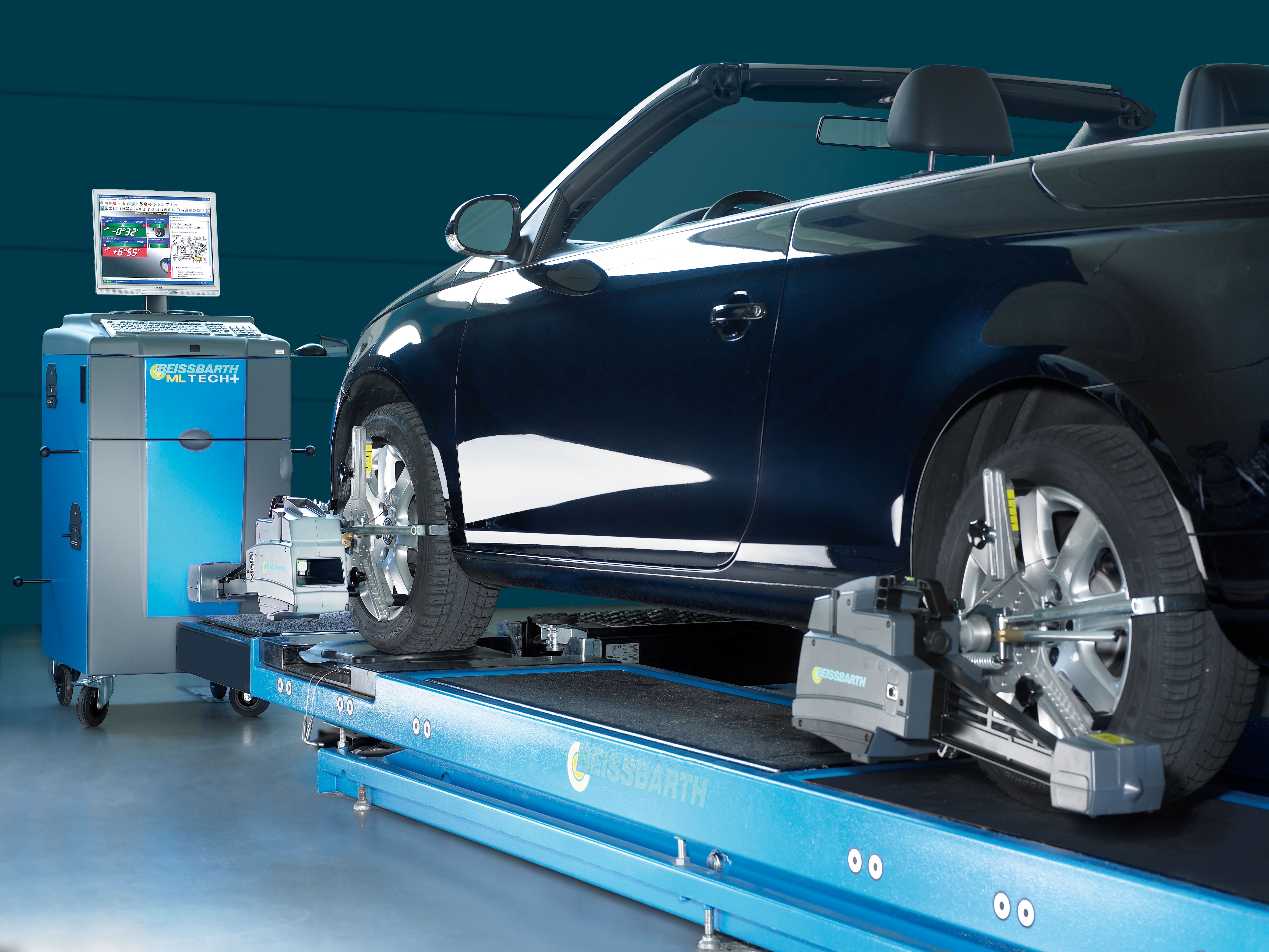
4. Make sure your alignment is right
If your tire pressures are even and your car is still ‘pulling’ noticeably one way or the other in a straight line, especially under heavy braking, then the chances are your alignment is out.
Any one of your wheels, or all of them, can have the slightest degree of camber or toe-in, to use the technical terms. Essentially it means that each corner of your car is pulling in a slightly different direction, rather than straight ahead as one fluid unit.
Again, this will have an impact on your tire wear. If your car is basically crabwalking down the road, it can have a surprising impact on your range, too. Improper alignment can cost you up to 10% of your range.
So, get it checked occasionally, after you change tires and even if you hit a kerb too hard and you feel the effects through the steering wheel.
5.Clean out your car
Batteries are heavy and EVs generally tip the scales way harder than their petrol-powered equivalent, so this is a minor point with electric cars. But if your boot is full of lead pipes or concrete slabs then it’s going to have a major impact on your range. Even the random clutter that fills up the car can have a detrimental effect, so clean out your car on a regular basis.
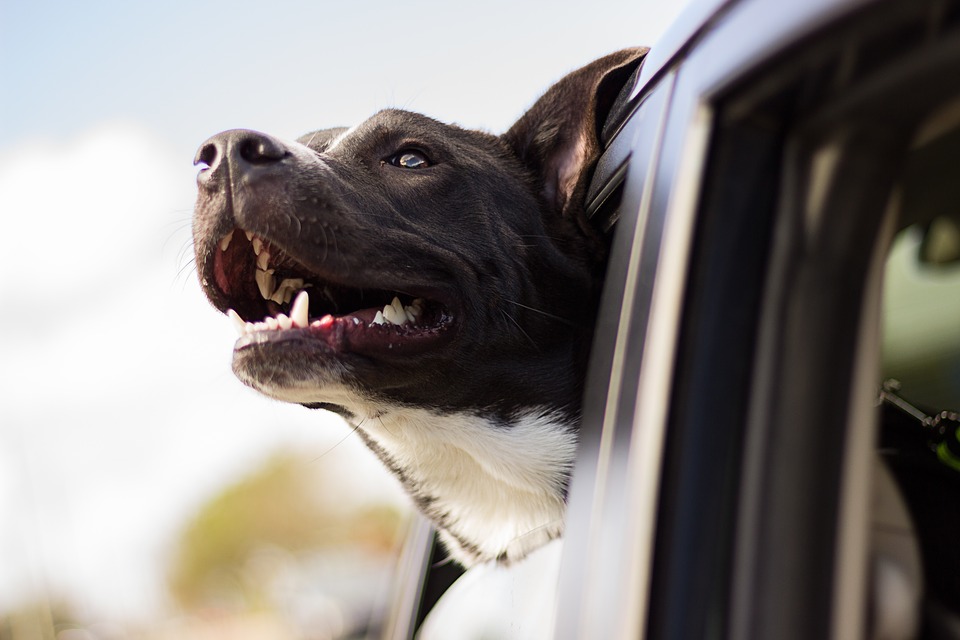
6. Close the windows and turn off the AC
A blast of fresh air might feel great, but if you drive with the windows open then you are killing your fuel efficiency. In an EV, that means you’re hammering your range. Hypermiling legends know that open windows can rob you of 10% of your fuel economy. It’s the same with an EV.
So shut the windows. Know that heavy air-con use will hit the battery, too, though. It’s the same with the heater. So, if you really want to squeeze out the last miles then get used to being warm, or cold.
A GM study revealed that using the air-con with a medium blower is actually worse than opening the windows. So if you’re really hot then wind the window down, just know that you’re losing range with every passing minute.
7. Squeeze the throttle, but accelerate quickly
The acceleration in an electric vehicle can be an addictive thing. But it’s common sense that if you use all of the acceleration then you’re going to pay a price with the range.
Sadly, things aren’t quite that simple, because recent research indicates it’s better to get up to speed quickly and then lift the throttle.
So, keep your throttle inputs gentle, accelerate smoothly away from the lights and focus on conserving the energy, rather than winning the traffic light Grand Prix. But get to your target sped quickly and then lift off. Don’t creep up to the speed limit.
8. Imagine an egg in a bowl on the hood
Legendary F1 World Champion Sir Jackie Stewart used to train young stars this way. He’d put an egg in a plastic bowl on the hood of a car and then make them drive a hot lap. The point is that you have to smooth out your braking, acceleration and cornering to avoid unsettling the car and launching the egg into the air.
This simple exercise will make you a smoother, more efficient driver. You’ll plan corners better, you’ll slow down in time and everything you do will be geared towards maintaining momentum, rather than relying on the battery to drag you out of the bend.
9. On a flat highway, use cruise control
If your car has it, then cruise control is simply more efficient than your right foot ever could be at modulating the power and keeping you at a constant speed on flat highways. You might think you are better, but you are not.
When the terrain is hilly, things get more complex. Cruise control will hit the gas hard on an uphill section to maintain the constant speed and then slow on the other side. If you have regenerative braking, this can work well. If you don’t, you might be better off turning off the cruise control and losing speed up the hill.
Autopilot is another matter entirely. In the future, as AI develops, there’s every chance it will be smoother and more efficient than you could ever be. Right now, we’d say that’s not the case.

10. Stay just below the speed limit
Most cars are tuned to highway speeds and the range falls off a cliff as soon as you stray too far outside the parameters. So, it’s better to sit just below the national speed limit if you want to get the most miles from your car.
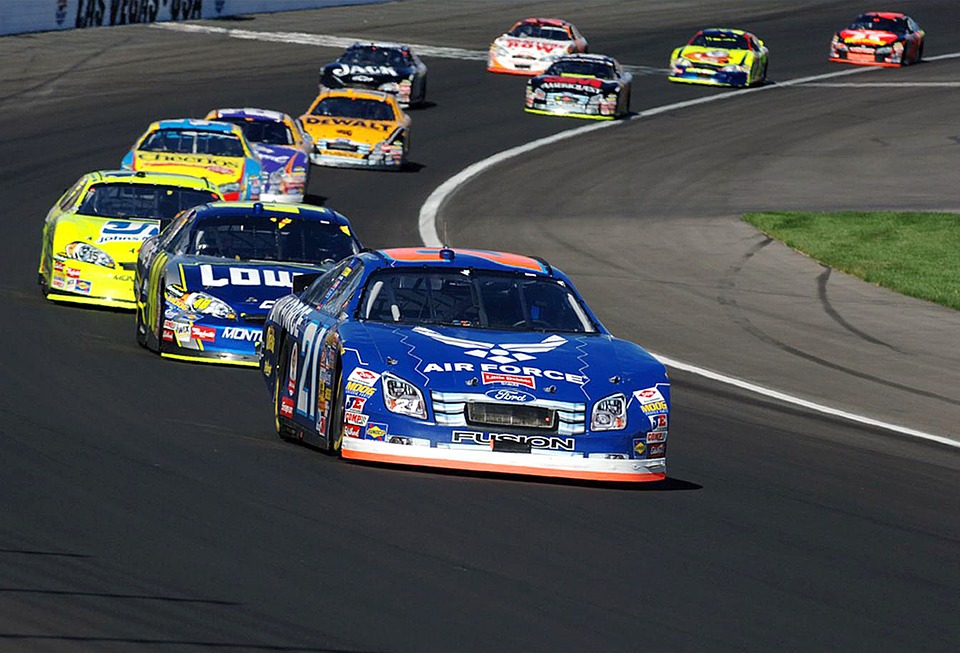
11. Practice drafting
Anybody that watches NASCAR is familiar with the concept of drafting. Essentially the car in front punches a hole in the air and that means you can travel in their wake and benefit from decreased wind resistance.
In NASCAR, cars get a ‘tow’ from the car in front. With less air hitting the front of the car, the engine can give the racer that two or three miles an hour more at the top end and they can slinsgshot past. You don’t want to do that, you just want to sit in the clean air and reap the benefit of the increased range.
How close do you have to be? That depends on the conditions and it can be too close, which can makes this a dangerous practice. So don’t do it all the time. But if there’s a truck doing a consistent speed then there’s no harm in slotting in behind it and pushing your range that little bit further.
If the terrain is hilly, though, and the truck keeps changing speed, you’ll probably lose more than you gain with constant spurts of acceleration and braking.

12. Brush the brake on downhill sections
If your car has regenerative braking, then it makes sense to give the brake pedal the gentlest touch on downhill sections. It will keep your speed constant and give the battery a boost at the same time. If your car doesn’t have regenerative braking, then it’s better to lift off before the crest of the hill and lose some speed before the downhill section before freewheeling down the other side and picking up momentum.
13. Plan your moves well ahead
If you have to overtake a truck, there’s a bend ahead or you’ve got to do something else, then plan your move well in advance. Again, focus on the smoothest, most minimal input on the throttle, brakes and steering. The less you inflict on the car, the smoother and more efficient your progress will be. That is a big deal when it comes to the range.
Avoid heavy braking where you can and focus on momentum.
14. Turn it into a game
Focus solely on your range. Forget speed and just look at how far you can go on a single charge. Try and beat your record to work and do it on every journey you make regularly. It’s way less stressful than trying to drive fast, you’ll start to see improvements right away when you change your philosophy and then you’ll find out the secret. You really won’t arrive any later.
Taking the edge off your driving won’t make you slower. In fact, there’s a good chance you’ll get to your destination sooner, having used much less of the battery than you ever thought possible. It’s a fun game, too, and whole communities are devoted to it. So join the game, change your driving style and learn to get the most out of your EV.
You’ll find the quirks of your car and they all do come with their individual tricks to get the most out of them in specific circumstances.
You might find you save so much range with all these touches that you don’t need to upgrade your current EV, or you can opt for a cheaper model rather than becoming obsessed with the battery pack. And, one day, when you’re running low on juice, some of these tips could mean the difference between getting home and not.
Do you have any more battery saving and eco-driving tips? Let us know in the comments section.